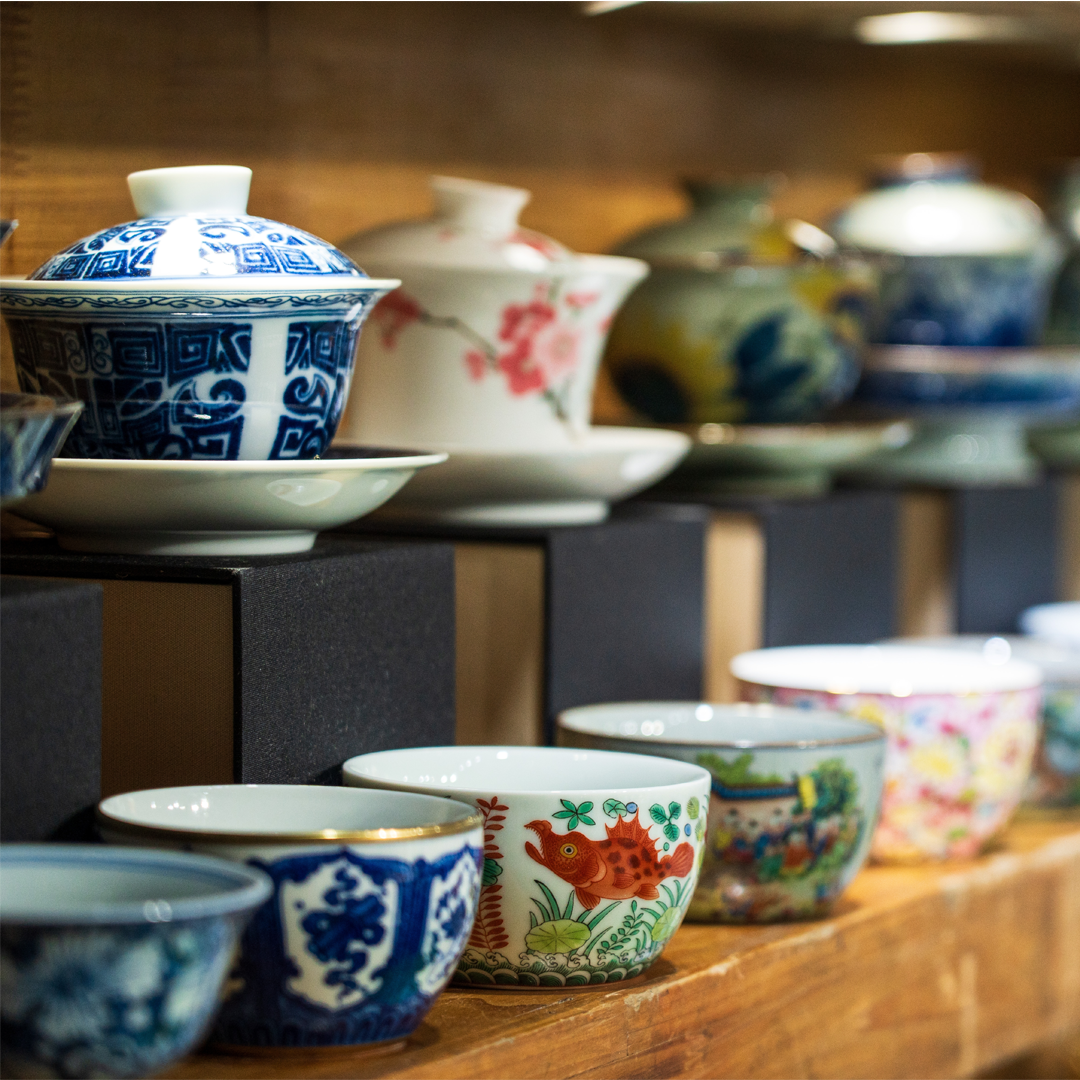Aktuelles
Hidden Treasures in the Attic – Discover Forgotten Valuable Antiques

You’ve probably heard stories about people finding valuable items in their attic. Maybe it was in a house they inherited, or even in their own home. One day, they come across an old painting, sculpture, or rare collectible that turns out to be worth a lot of money. These discoveries can seem like something out of a movie, but they do happen from time to time. However, it’s important to stay realistic and know what steps to take if you think you’ve made such a discovery.
Can You Really Find Valuable Paintings?
It is possible, but it’s not common. Expensive paintings are usually displayed somewhere safe – not left in a dusty attic or basement. Also, the poor conditions in those spaces, like humidity or extreme temperature changes, can damage artwork badly over time, affecting its value and condition.
Still, other valuable items often show up in old storage spaces. These can include fine porcelain sets, vintage or heirloom jewelry, antique tools, rare books, or decorative objects made of silver, gold, or fine wood. Often, things like these are put away simply because they no longer fit someone’s taste or lifestyle. Over the years, they get forgotten – until someone finds them again.
Some simple checks can give clues about whether something might be valuable, but to really understand its worth, you should talk to a professional. Our auction house offers free evaluations so you can get an idea of what your item might be worth – without any risk or obligation.
How to Tell If Your Attic Find Is Valuable
Signatures and Artist Marks
Old artwork might have a signature or a symbol from the artist. These marks can sometimes be small or hidden, so inspect the piece closely. A quick online search can provide helpful information or even lead you to similar works.
Stamps or Logos from Makers
Porcelain, furniture, or other antiques often have markings that show who made them or where they came from. These help experts figure out the item’s age and origin, which is very important when it comes to value.
Materials and Time Periods
Items made of gold, silver, or solid wood often come from specific historical periods. The materials and how they were used in the design can give clues about when and where the item was made.
Condition
The better shape an item is in, the more it might be worth. Items that are damaged or heavily worn usually don’t sell for as much, but certain rare pieces can still be valuable even with wear – especially if they are hard to find.
Provenance – Where It Came From
If an item came from a famous collector or has a story that can be proven, it may be worth much more. Keeping any paperwork or old records connected to the item can really help here.
Rarity and Historical Importance
The rarer an item is, and the more important it is for history or culture, the more it might be worth. Some items are valuable just because they were made in small numbers or have a link to a major historical event or figure.
Simple Ways to Test Items
Jewelry
Look for a small stamp like “750,” which means it’s made of 18k gold. Other stamps can show different purities or makers. An acid test can also check if the metal is real. Real gold won’t rust or turn color, but gold-plated jewelry usually does over time. You can also check if stones are real by their hardness and clarity, though this is best done by a jeweler.
Paintings
A UV light can help you spot newer paint, which might mean the painting was touched up or is a fake. The back of a real old canvas often looks yellowish or brown from age, while modern copies can look too clean. Look for old stamps, labels, or handwritten notes on the back – these can tell you a lot about where it came from.
If you’re not sure, our team offers free evaluations to help you figure things out. You can bring your item to us or send photos and details through our online form.
What to Do If You Think Your Find Is Valuable
If you’re not sure who the item belongs to – especially if someone has passed away – you’ll need to figure that out first. Inheritance laws might apply if the item wasn’t listed in a will. Make sure the ownership is clear before doing anything else.
If the item clearly belongs to you and you want to sell it, getting a professional evaluation is the best first step. Experts can help you understand what it’s worth, what kind of buyers might be interested, and what the best way to sell it might be. Our auction house is happy to help – just reach out through our website. We also have a form for sending in your valuation request and photos of your item.
Why Sell Through an Auction House?
Selling through an auction house has big advantages over selling on your own. We advertise your item to the right audience – people who are seriously interested in antiques and willing to pay for rare pieces. This helps you get the best price possible.
We also take care of the paperwork, handle the payment safely, and help you understand the whole process. Our experts in different fields of art and antiques will guide you through every step – from the first evaluation to the final sale.
Risks of Selling on Your Own
- Lack of Knowledge: You might sell something for far less than it’s really worth.
- Payment Issues: Private sales or online deals can lead to scams or problems getting paid.
- Small Audience: Auctions bring in serious collectors; private ads usually don’t.
- Legal Trouble: There may be rules about selling inherited items or shipping things abroad.
- Haggling: Private buyers often try to get a lower price, even for valuable items.
Selling with us means you get expert advice, secure handling of your item, and access to a wide network of buyers. We make the process smooth, transparent, and tailored to your needs.
If you have old art or antiques to sell, get in touch with us. Our website has everything you need to get started – including our free valuation form, helpful tips, and a clear guide to how our auction process works. Who knows – your attic discovery could turn out to be something truly special!
